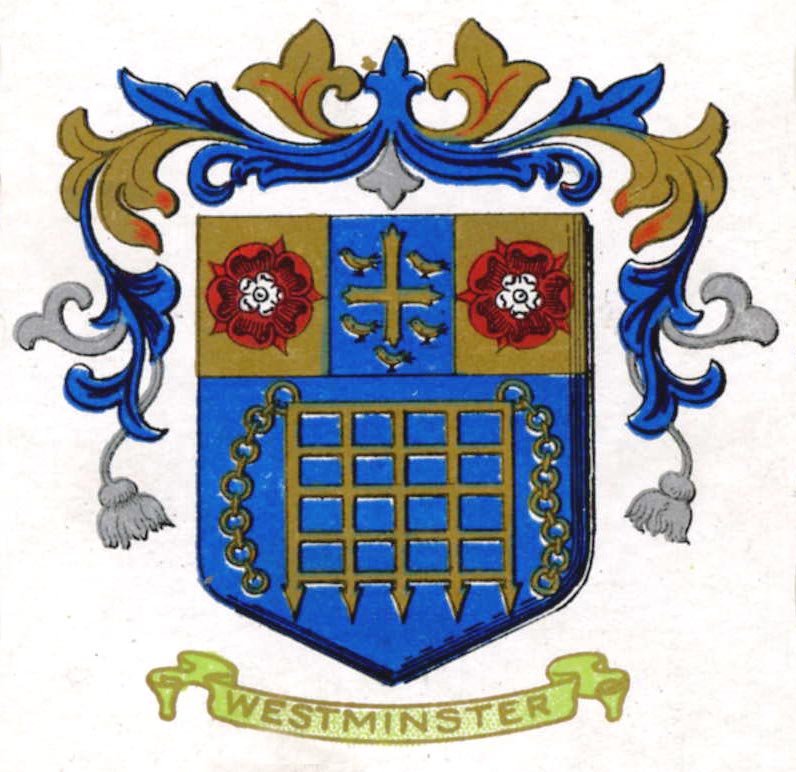The club singlet is the most important visual element in our running world.
It helps supporters, officials and athletes identify Belgravians from across the track or muddy common. More than that though, pulling one on means an athlete is ready to race, to fight for their teammates, to represent the club and all the history gone before us. Semper paratus.
That’s why the Belgrave claret and gold means so much.
The claret can’t be red or purple. The gold can’t be yellow or orange.
Over the years a range of manufacturers have interpreted that brief. Some have nailed it. Others…not so much.
Scroll down to turn back the clock and see where it all started.
Images on this page via the Belgravian archives at belgraveharriers.info unless otherwise stated.
2023 - present: Tracksmith
As worn by: Sarah Astin, Josh Trigwell, Conall McNally
Claret stays the same shade but gold moves from the yellow/amber of the previous few decades to a more metallic, desaturated tone. Crest reverts to a slightly modernised version of the circular crest sewn on our singlets from around 1902 until the start of the 1980s. ‘BELGRAVE’ lettering is dropped from the chest of the singlet for a cleaner look - and because our colours are recognisable enough. Shorts revert to all claret, as seen on our outfits between 1996-2012, but with the addition of gold trim and our crossed keys motif. All items embroidered with the Tracksmith hare in gold.
2018 - 2022: New Balance
As worn by: Nick Goolab, Tish Jones, Sarah Astin, Sam Gebreselassie, Olivia Papaioannou.
Claret darkened from the redder 2XU shade to less saturated deep claret. Club crest modernised for greater legibility on clothing and for the digital era. Shorts black with claret and gold trim.



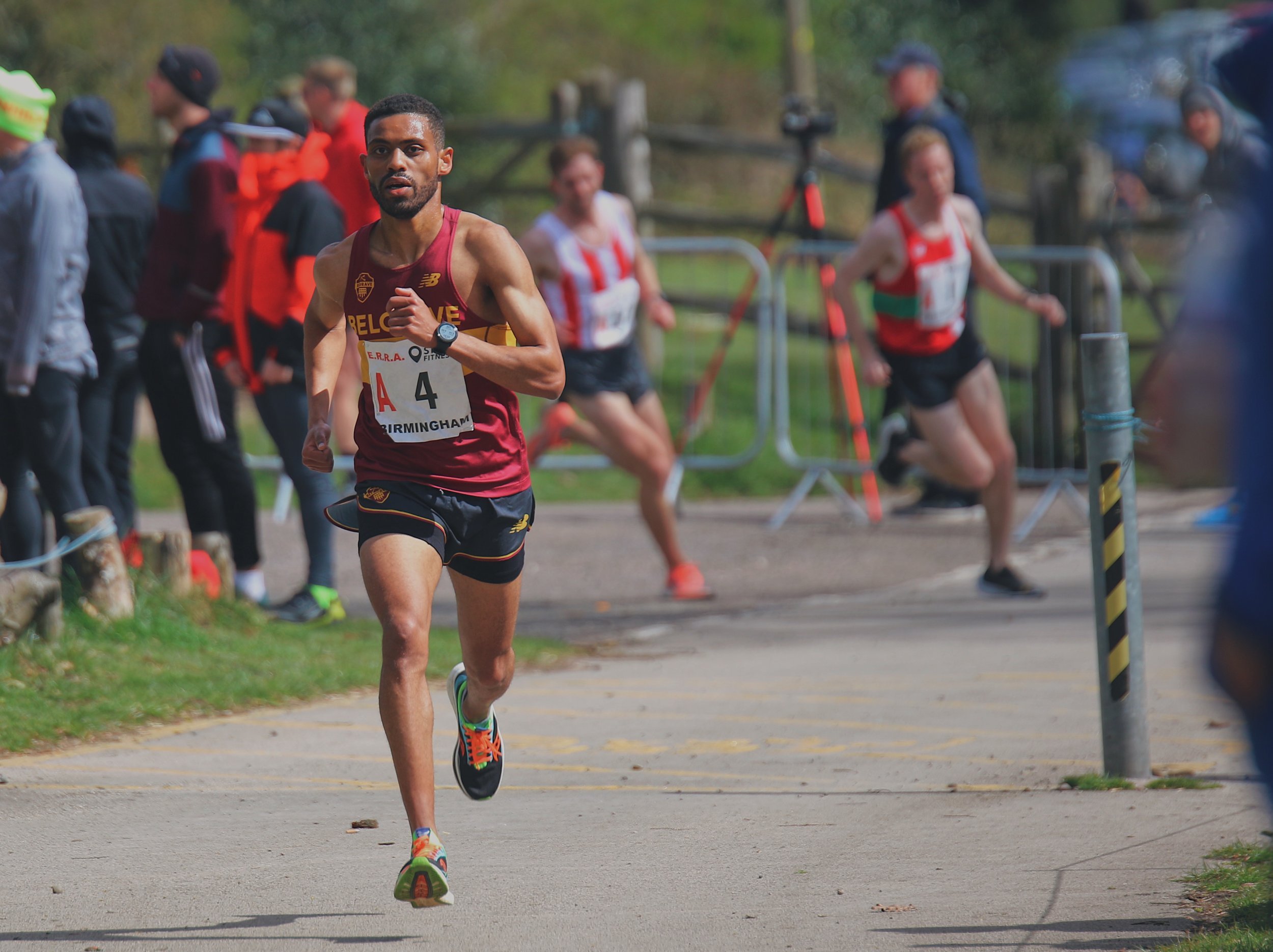


2016: Fastrax
As worn by: Georgie Fenn, Alice Reed, Fi Maddocks.
Short run of women’s only singlets and crop tops. Font condenses from Arial Black to Arial Narrow Bold.
Thanks to the economy of sublimated printed vests, the club crest appears on the singlet for the first time since the middle of the 20th century.

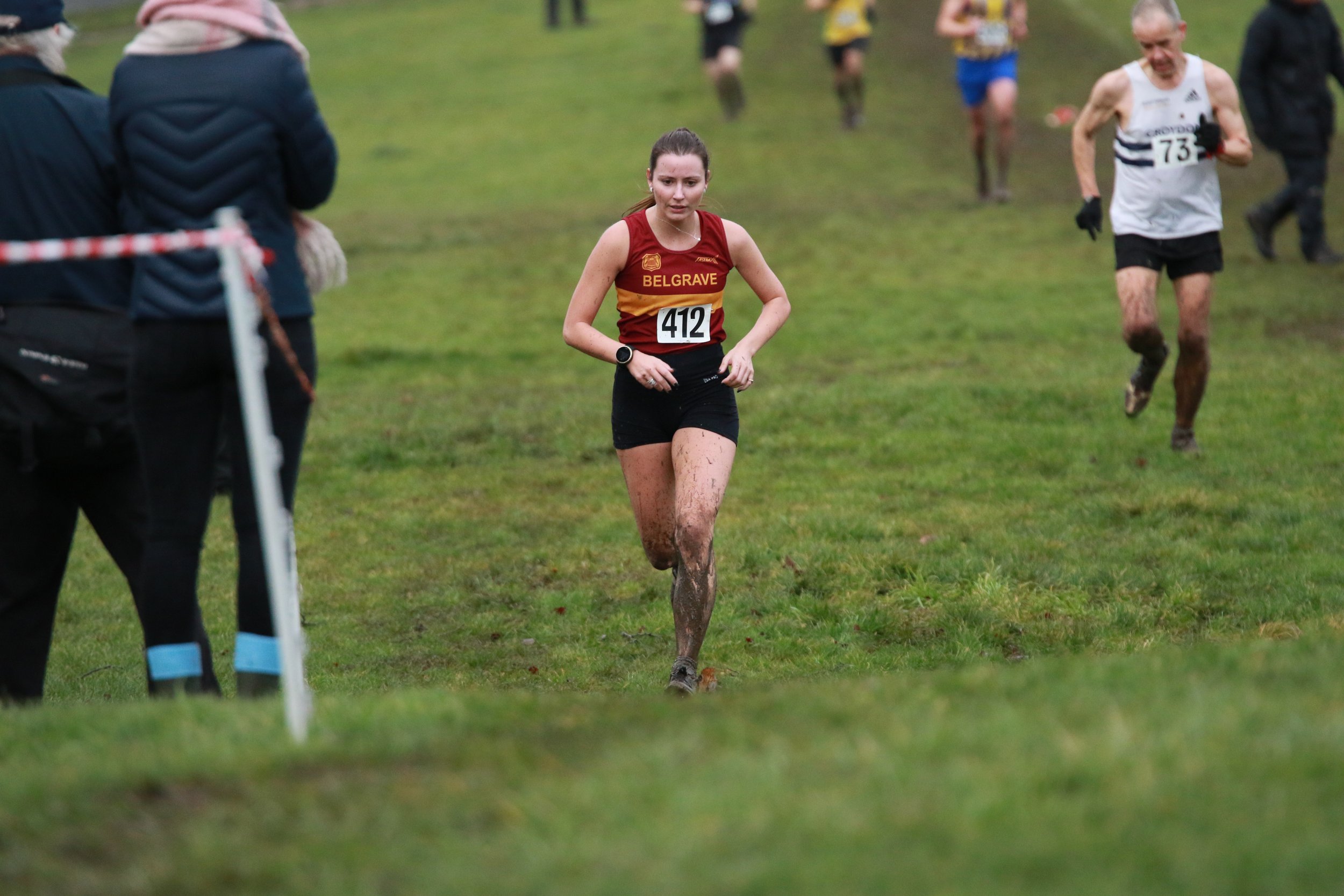


2012: 2XU
As worn by: Phil Wicks, Nick Goolab, Tish Jones.
The club’s first fully sublimated singlet came about as result of Belgravian Mike Trees’ relationship with the triathlon brand 2XU. Previous vests had featured separate sewn-in gold hoops and heat-transferred ‘BELGRAVE’ lettering.





2004: Adidas
As worn by: Dwaine Chambers, Goldie Sayers, Greg Cackett, Will Sharman.
Perhaps the all-time classic Bels kit, the Adidas relationship started with their employment of Belgrave runner Mark Sinclair. The German brand would sponsor many of the club’s international sprint stars as well as high-profile track meets at Battersea such as the Adidas Belgrave Speed Grand Prix.
Adidas called our colours ‘Maroc’ and ‘Blast’; we’ll leave you to decide which is which. They dropped the Crillee font in favour of the cleaner Arial Bold.
2001: Fila
As worn by: Neil Speight, Darren Campbell.
An almost identical singlet template and typeface to the preceding Nike effort, but with a real flourish on the shorts. The repeating lozenge on the side panels is the top segment of Fila’s ‘F’ logo; the motif also featured heavily on the shorts and shoulders of the Bastituta-era Fiorentina classic.
1996: Nike
As worn by: Darren Campbell, Jon Rigeon, Marlon Devonish, Du’aine Ladejo.
Tilda Rice is, to this day, the only secondary sponsor to appear on the club singlet. The Nike strip keeps the Crillee font introduced by Viga but deepens the red to a claret and warms the gold to a more amber tone. This appears to be the first introduction of claret shorts into the Belgrave-issued kit.
How the rice sponsorship came about: Tilda wanted to sponsor Du'aine Ladejo, then European 400m champion. They wanted their logo on his vest. To get their logo on his vest, and to still comply with it being our officially registered vest, they sponsored the club, so everyone wore it.
1990: Viga
As worn by: Nigel Bevan, Jon Ridgeon (with Reebok patch), Paul Evans (with Asics patch).
The first Belgrave kit to feature ‘BELGRAVE’ lettering and the start of a 14-year use of the Crillee typeface, also used on the masthead of Athletics Weekly at the time.
Mid 1980s: Nike
As worn by: John Gladwin, Gary Staines, Matt Chaston



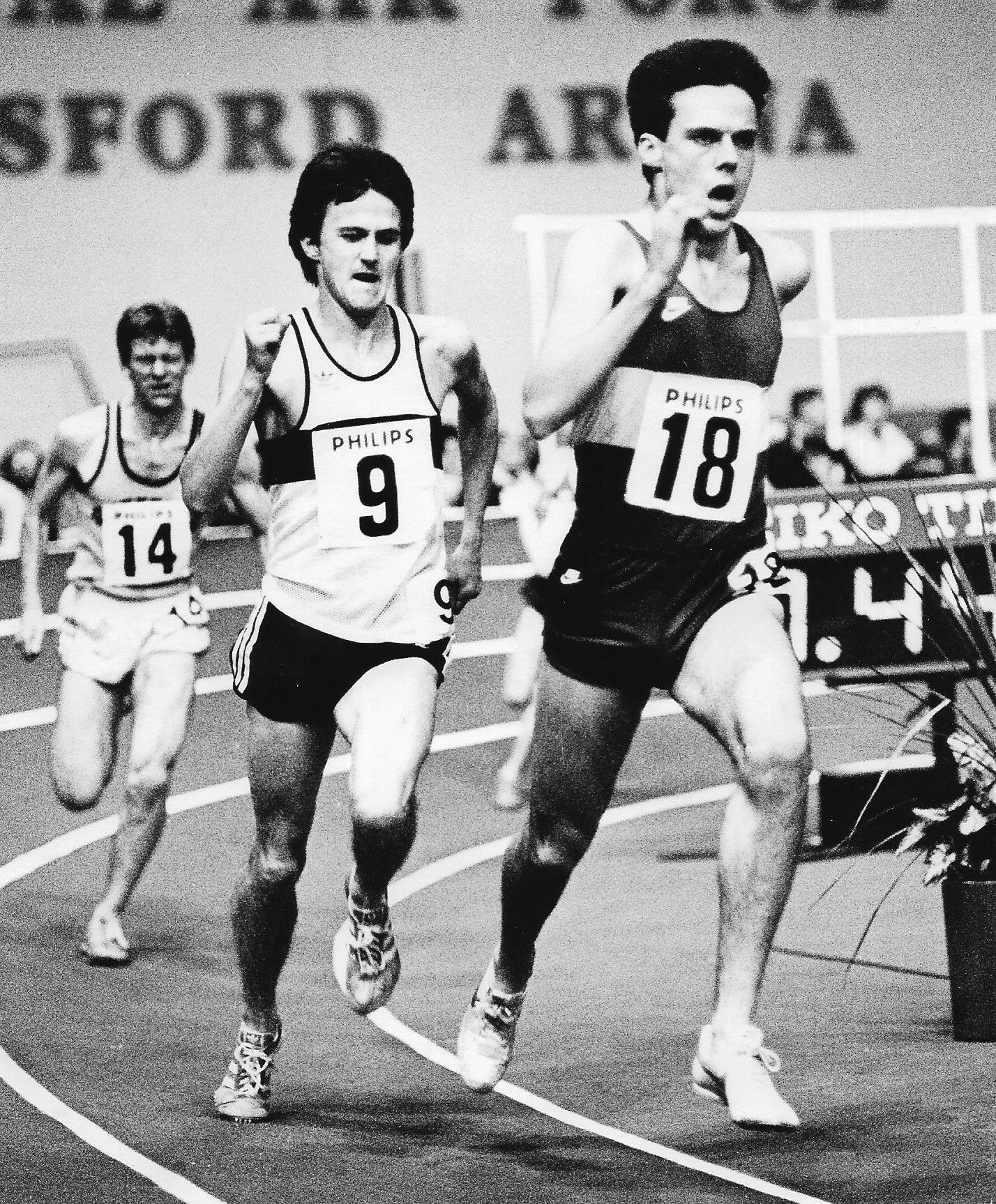

1932 - 1982
Claret singlet with gold hoop. Club crest of crossed keys and portcullis is occasionally sewn onto hoop, sometimes in circular emblem, sometimes within wreath.

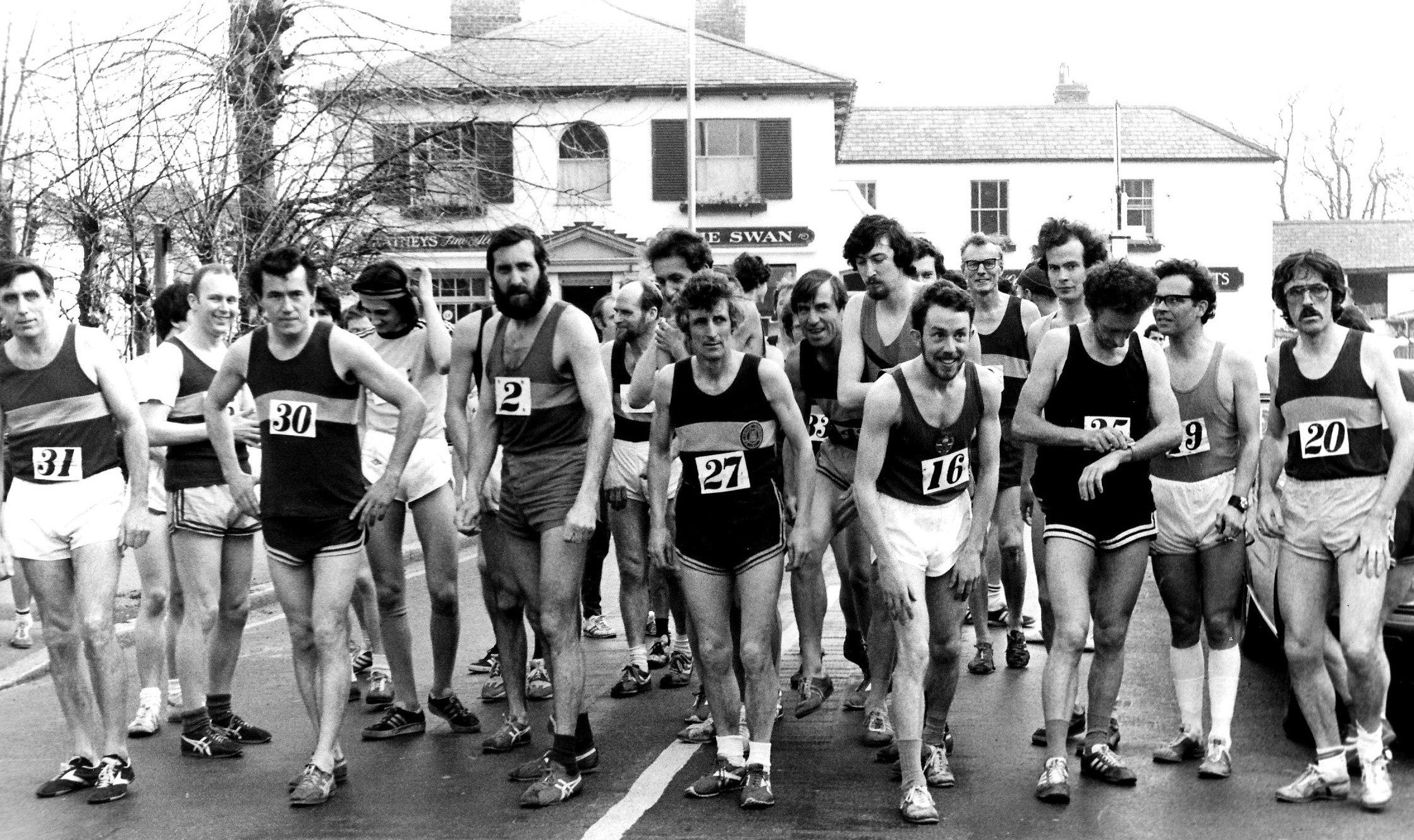




1920 - 1932
Claret jersey with gold hoop. Sleeves long or short with gold band. Circular club crest often sewn onto hoop. Long white shorts.




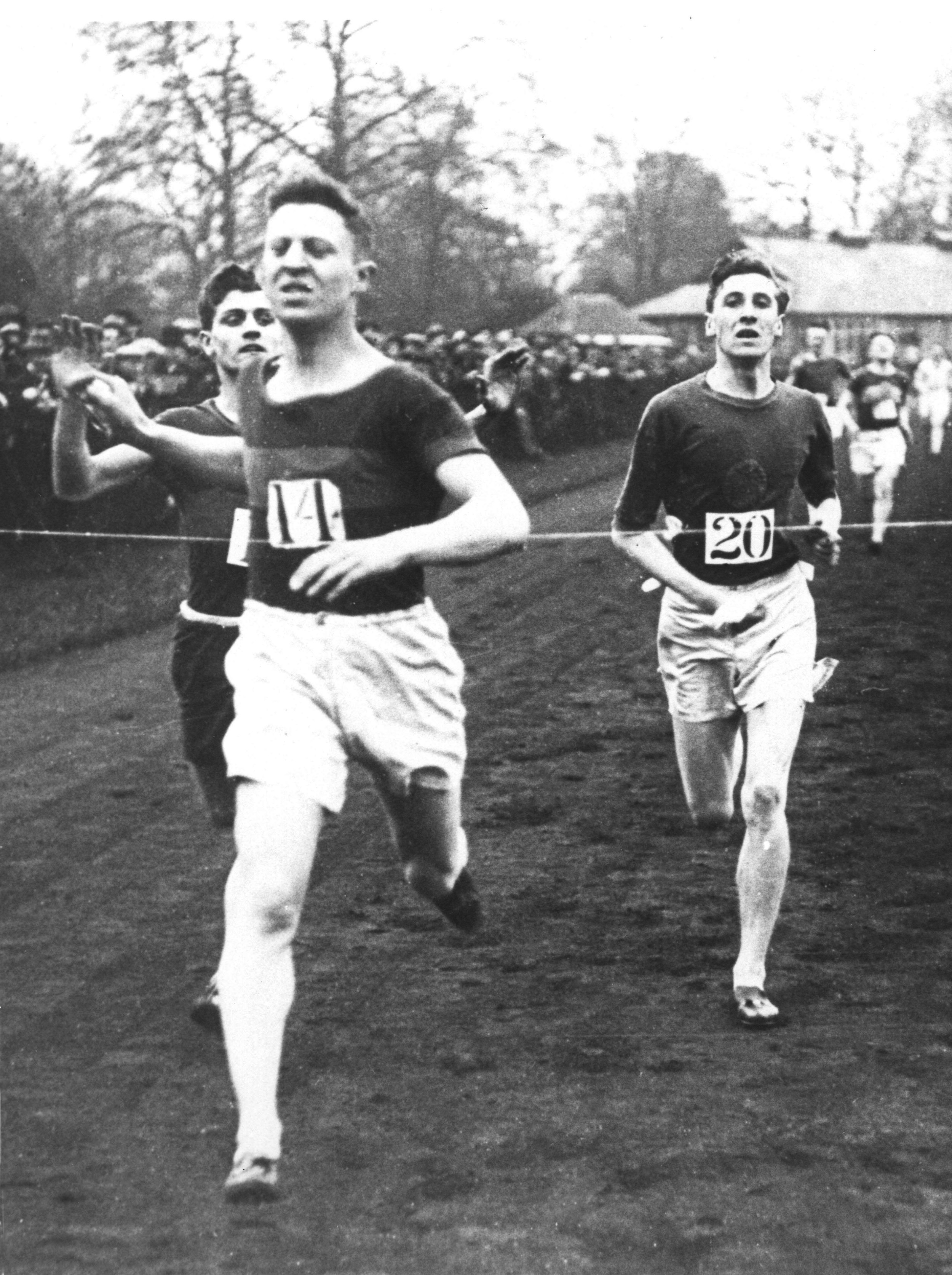

1904 - 1920
Claret jersey with gold hoop. Neckline seen in dark and light shades. Club crest not seen on jersey.





1903 - 1904
For one season, club colours were prescribed as “all white, blue trimmings.” The change is thought to reflect a fashion for wearing club colours in trim form only.
A large crowd lines either side of Grosvenor Road on the Chelsea Embankment as the runners pass All Saints Church and approach the finish line opposite The King William IV public house.
Founding 1887 - 1903
For the first 16 years of our history, club colours are described as “dark and light blue”. No such garments are known to have survived to present day, however, and monochrome photographs offer little by way of verification.
For those used to seeing Bels in claret and gold, it’s difficult not to imagine these images colourised in our present day hues - could the “dark and light blue” description have been a misleading error?
In support of the blue scheme, though, is the coat of arms of the City of Westminster, from which the club crest’s portcullis was taken.


